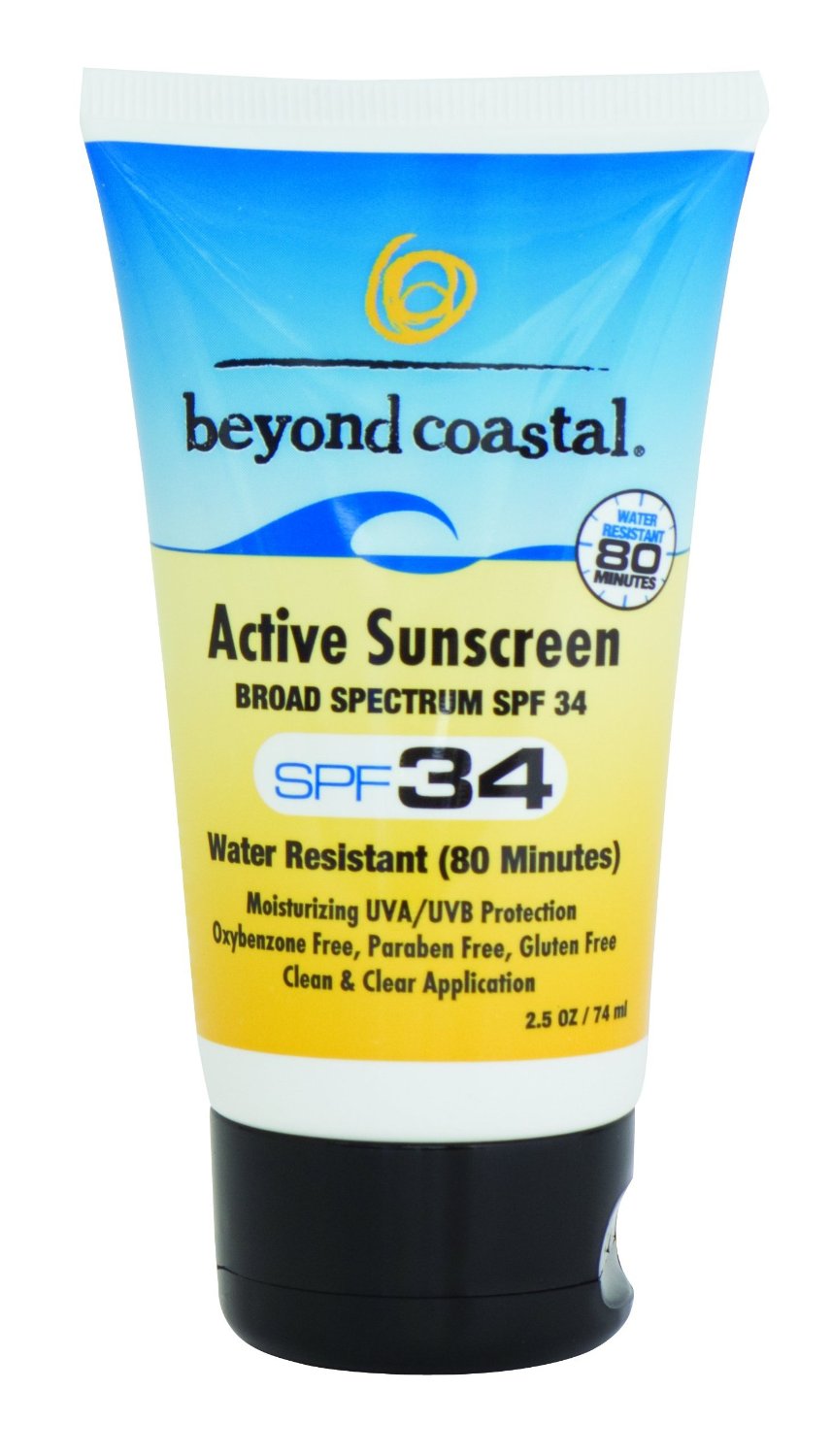Beyond Coastal Active Sunscreen - 5 stars
It's almost summer! Well at least in Seattle it is. So I thought I'd write about my thoughts on Sunscreen. When we had our first child, we started hearing about how terrible and horrible all the sunscreen products are for children. We turned to the Environmental Working Group (EWG) which publishes a lot of amazing information on Sunscreen and other cosmetic products. I recommend checking out their website and all their resources.
There are two kinds of sunscreens in the world. Natural (mineral based) and Chemical. Both can be bad for you. So you are picking from the lesser of two evils. In Europe they have a larger diversity of chemical options, some of which are less toxic than the limited options we have in the US.
Here is what the EWG has to say about Chemical sunscreen in the US
The most problematic of the sunscreen chemicals used in the U.S. is oxybenzone, found in nearly every chemical sunscreen. EWG recommends that consumers avoid this chemical because it can penetrate the skin, cause allergic skin reactions and may disrupt hormones (Calafat 2008, Rodriguez 2006, Krause 2012). Preliminary investigations of human populations suggest a link between higher concentrations of oxybenzone and its metabolites in the body and increased risk of endometriosis and lower birthweight in daughters (Kunisue 2012, Wolff 2008).
The federal Centers for Disease Control and Prevention has detected oxybenzone in more than 96 percent of the American population, based on a representative sampling of more than 2,500 children and adults (Calafat 2008). Researchers found higher concentrations of oxybenzone in samples collected from participants during the summer months, and concluded that sunscreen use may explain this seasonal difference.
So basically, stay away from oxybenzone.
Natural sunscreens, which are mineral based, contain products, namely titanium-dioxide and zinc, which don't get absorbed into the body and block the sun. Unfortunately, they are white, and make you look whiter. And some companies use "nano particles" to deal with the "white" problem which shrinks these minerals so they disappear. However, that means they get absorbed! You can't win! Some companies are experimenting with tinting sunscreen to deal with the white color. This seems to be a good approach and I'm surprised more companies don't do this.
Lora and I used mineral sunscreen for a few years. We tried every brand. My verdict? They STINK. Here are my realizations with mineral sunscreen:
- It makes you look like a Ghost. Fine, no biggie. I don't really care if my kids look like Ghosts, as long as they are not being poisoned.
- Some of them don't work very well. Our kids have gotten burned a few times with various brands.
- That white gunk gets on all sorts of things and never comes off. It stains clothing, black car trim, and is pretty greasy
- Taking a shower after applying this stuff doesn't really remove it. You are left feeling nasty
- For children, the products don't do a great job if you are swimming a lot
So, imagine my joy when I found a chemical sunscreen that EWG rated as a "2", which is on par with many of the natural sunscreens!
Beyond Coastal Active Sunscreen SPF 34 is our new go to Sunscreen. We've been using it for 2 years for the whole family. It works really well, does not stain, does a great job protecting, and has none of the issues with mineral sunscreen. It is Oxybenzone Free, Paraben Free
You can get the Sunscreen from Amazon in 2.5oz (great for carry on) and 4oz sizes. Amazon's pricing tends to vary from $12 - $20 a tube depending on who the seller is, so I usually get 2-3 when I order.
They also make a great face stick which is good for kids.
We love this stuff. 5 stars!
★★★★★ Exceptional. A spectacular product.

